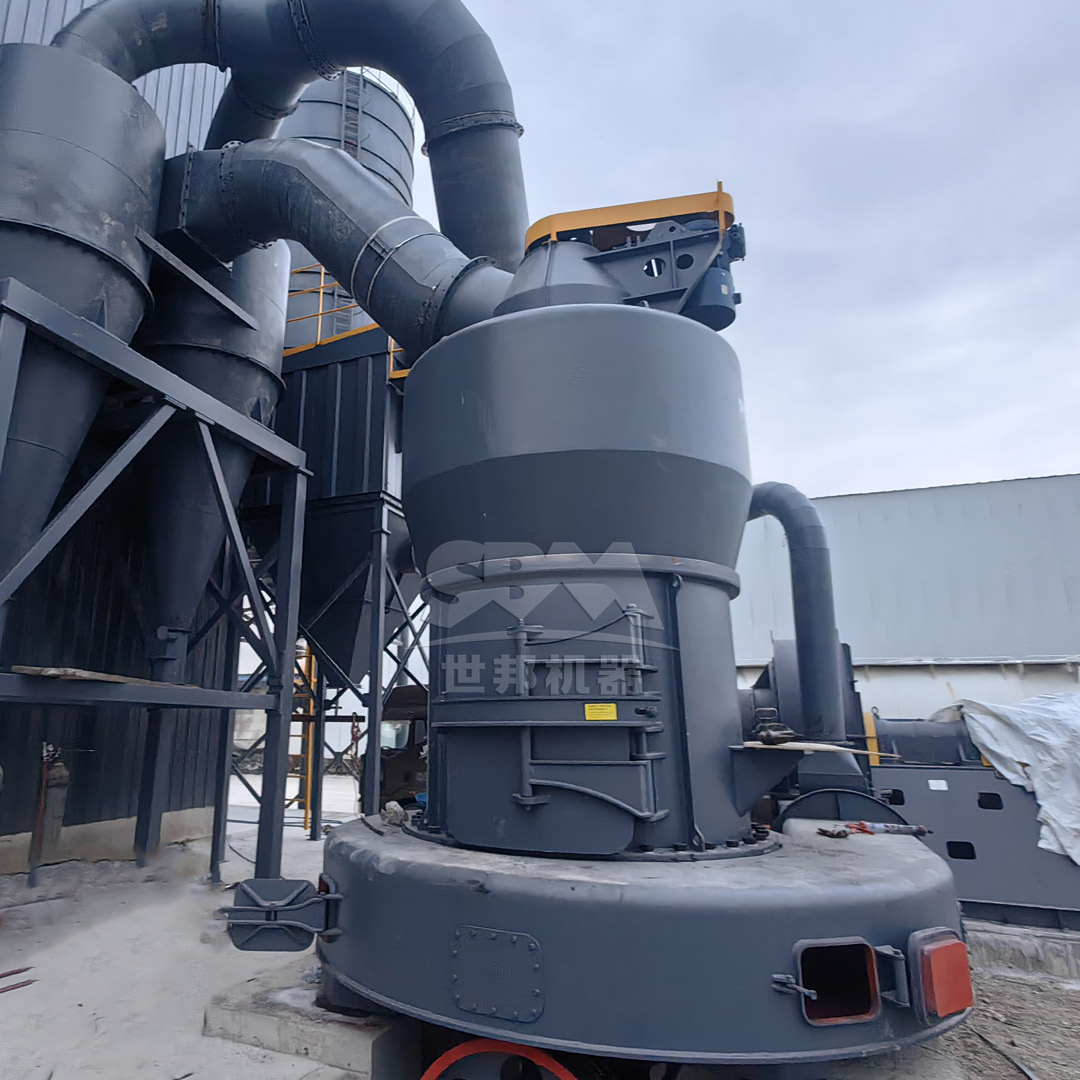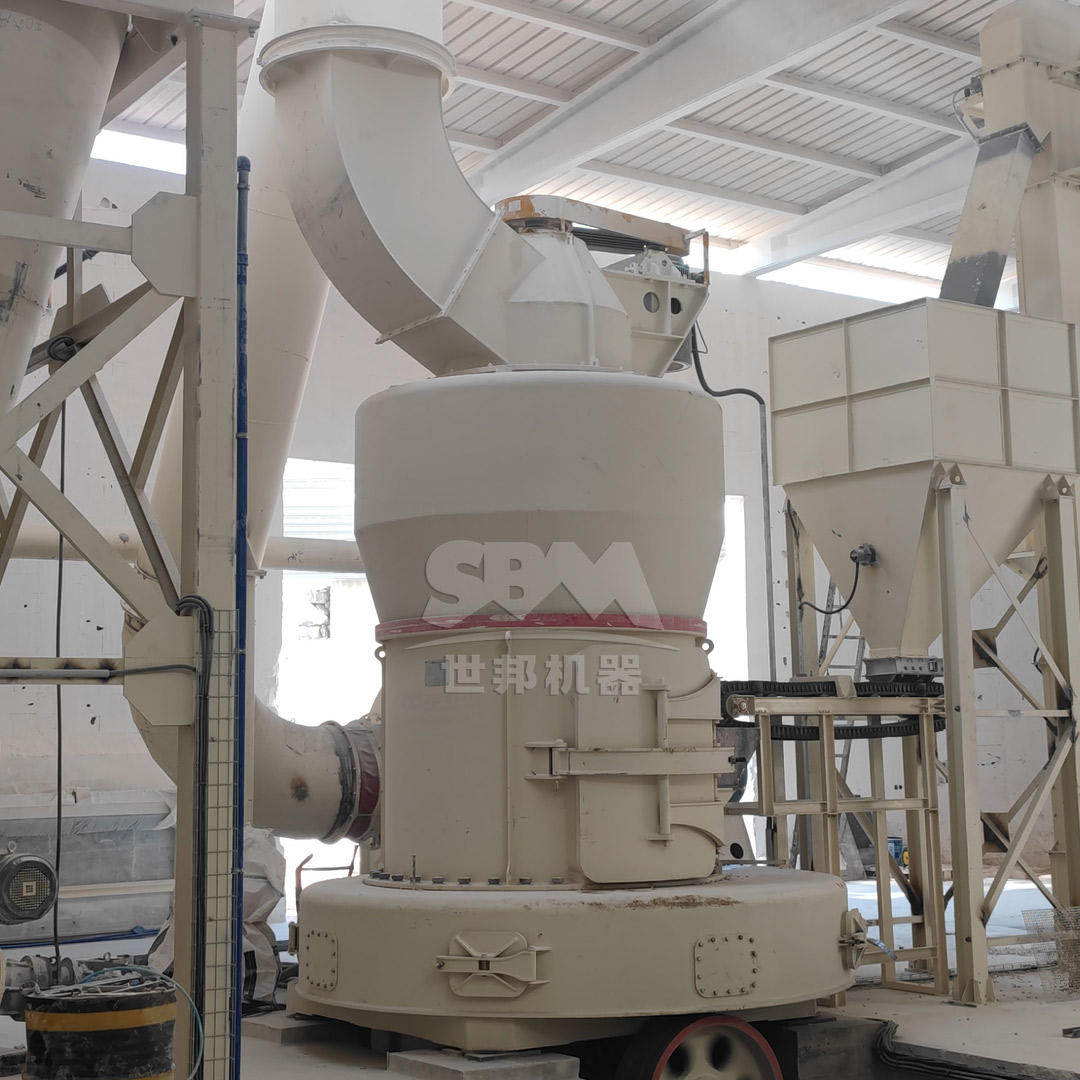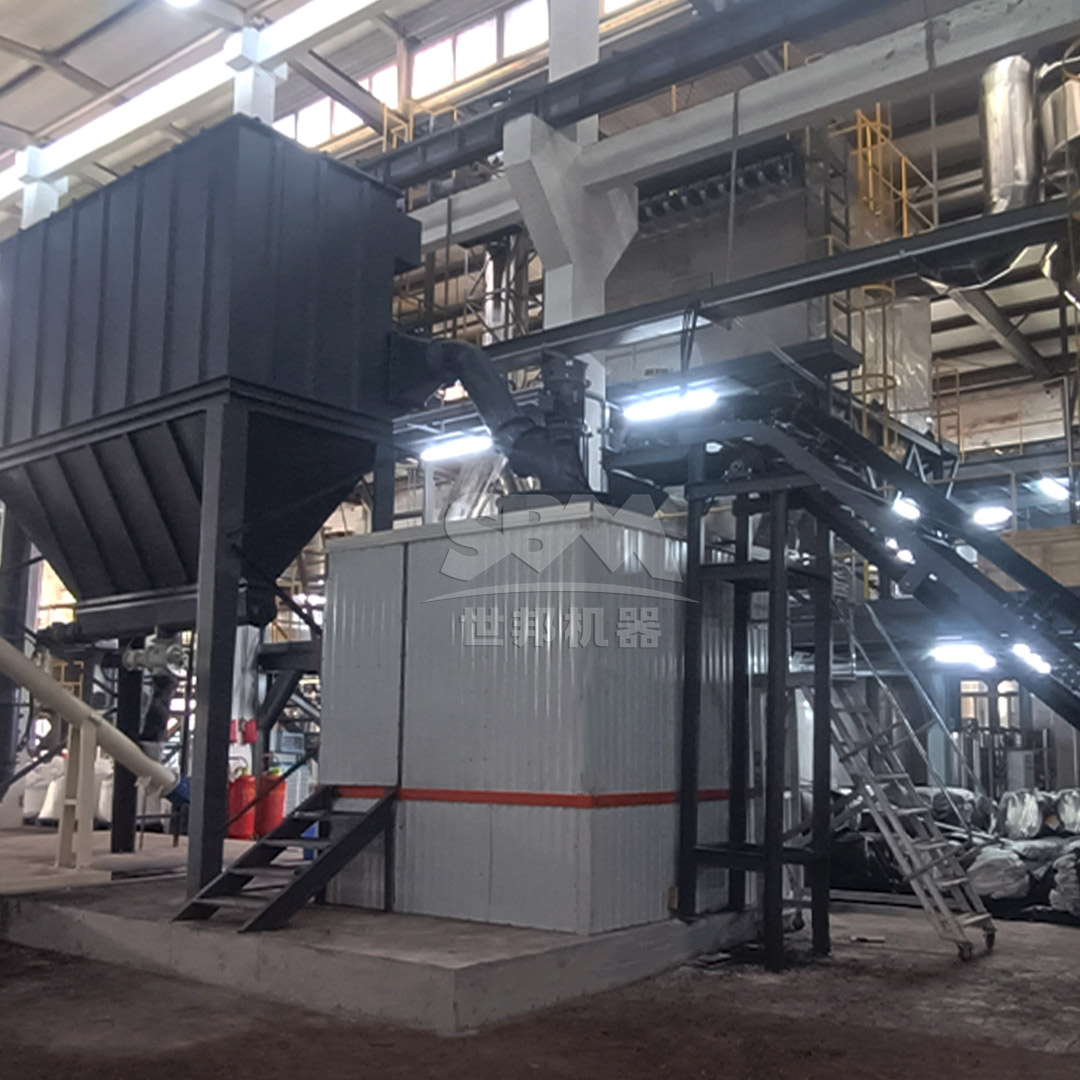The production of high-quality industrial coatings demands precise control over pigment properties, with carbon black being one of the most critical and challenging materials to process. Achieving the desired jetness, tinting strength, and dispersion stability hinges on selecting the appropriate grinding technology. The right carbon black grinding mill must deliver ultra-fine particle sizes, narrow particle size distribution, and maintain the structural integrity of the carbon black aggregates, all while operating efficiently and reliably. This article provides a comprehensive guide to navigating the critical factors in choosing a grinding mill tailored for industrial coatings production, highlighting advanced solutions that meet these stringent requirements.

Before delving into grinding technology, it is essential to understand the target properties of carbon black for coating applications. The primary characteristics include:
The ideal mill must be capable of reducing agglomerates to their primary particle size without causing excessive attrition that degrades the structure.
Choosing the right equipment involves a careful evaluation of several technical and operational factors.
The most fundamental criterion is the mill’s ability to achieve the target fineness consistently. For industrial coatings requiring high jetness, mills capable of producing powders in the range of 325 to 2500 mesh (45-5μm) are necessary. The grinding principle must include an integrated, high-precision classification system to ensure a tight PSD and prevent coarse particles from contaminating the final product.
The machine’s throughput (tons per hour) must align with production volume requirements. It is crucial to select a model that not only meets current needs but also offers scalability. A range of models from pilot-scale to large industrial capacity provides flexibility for future expansion.
Grinding is an energy-intensive process. Modern mills should offer significantly lower energy consumption per ton of product compared to older technologies like ball mills or jet mills. Features like intelligent control systems that auto-adjust to maintain optimal grinding conditions contribute directly to lower operating expenses.
Carbon black is abrasive. The mill’s grinding elements (rollers, rings, liners) must be constructed from special, highly wear-resistant materials to ensure long service life and minimize downtime for replacements. Designs that facilitate easy maintenance and quick part changes are highly advantageous.
Carbon black is a fine, combustible dust. The milling system must be a fully enclosed, negative-pressure operation to prevent dust leakage. Integrated high-efficiency pulse jet baghouse dust collectors are essential to meet strict emission standards (e.g., <20 mg/m³). Additionally, low-noise design (≤75 dB) protects the working environment.
Advanced automation via PLC systems allows for precise control over grinding parameters, real-time monitoring of key indicators like motor load and temperature, and automatic feedback adjustment of the classifier to maintain fineness. This ensures consistent product quality and reduces manual intervention.

Different mill types operate on distinct principles, each with pros and cons for carbon black processing.
Traditional ball mills use impact and attrition from steel balls. While versatile, they are generally inefficient for achieving ultra-fine sizes (<10μm) required for coatings. They have high energy consumption, broad PSD, and can generate significant heat, potentially affecting carbon black structure. They are less suitable for modern, high-quality coatings production.
These mills use spring-loaded rollers to crush materials against a stationary ring. They are suitable for coarser grinds (30-325 mesh) but struggle to achieve the ultra-fine fineness and narrow distribution needed for premium coatings without multiple passes or external classifiers, increasing complexity and cost.
Jet mills use high-speed jets of compressed air or steam to cause particle-on-particle impact, resulting in very fine sizes and clean products (no wear contamination). However, they are extremely energy-intensive and have relatively low capacity, making them expensive to operate for large-volume coating production.
This technology has become the preferred choice for high-volume, ultra-fine grinding of materials like carbon black. VRMs utilize a bed of material crushed between rollers and a rotating table. Integrated dynamic classifiers immediately separate fine product from coarse material, which is recirculated. This results in high efficiency, a narrow PSD, and excellent control over the final product.
For industrial coatings producers seeking to achieve the highest quality carbon black dispersions, the SCM Ultrafine Mill represents an optimal technological solution. Engineered specifically for processing materials to micro-powder levels, it excels in the demanding environment of carbon black grinding.
| Model | Handling Capacity (ton/h) | Main Motor Power (kW) | Output Fineness (mesh) |
|---|---|---|---|
| SCM800 | 0.5 – 4.5 | 75 | 325 – 2500 |
| SCM900 | 0.8 – 6.5 | 90 | |
| SCM1000 | 1.0 – 8.5 | 132 | |
| SCM1250 | 2.5 – 14 | 185 | |
| SCM1680 | 5.0 – 25 | 315 |
The scalable model range, from the SCM800 to the SCM1680, allows coatings manufacturers to select the perfect capacity for their operation, from pilot plants to large-scale production lines.
For coating applications where an ultra-fine finish is not critical, or for preliminary size reduction before finer grinding, the MTW Series Trapezium Mill offers a robust and efficient solution. Capable of producing powders from 30-325 mesh (600-45μm), it is characterized by high capacity, low wear, and reliable operation.
This mill is an excellent choice for manufacturers producing mid-range coatings or those needing a highly efficient primary grinding stage.

Selecting the right carbon black grinding mill is a strategic decision that directly impacts the quality, cost, and efficiency of industrial coatings production. While several technologies exist, vertical roller mills like the SCM Ultrafine Mill stand out for their ability to deliver the ultra-fine, tightly controlled particle sizes essential for premium coatings, all while offering superior energy efficiency and operational reliability. By carefully evaluating fineness requirements, production capacity, and total cost of ownership, coatings producers can invest in a grinding solution that not only meets today’s standards but also positions them for future success in a competitive market. For those targeting the highest levels of performance, the SCM Series provides a proven, technologically advanced path to achieving exceptional carbon black dispersion.